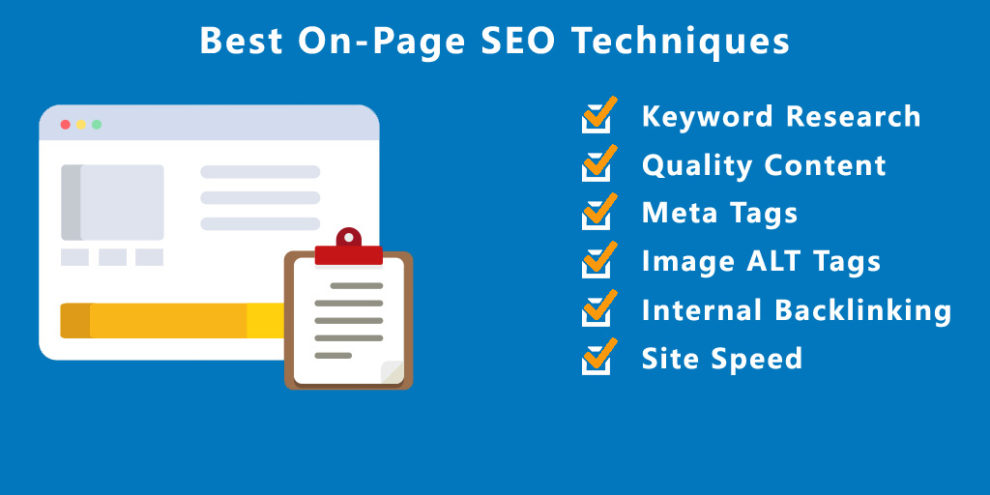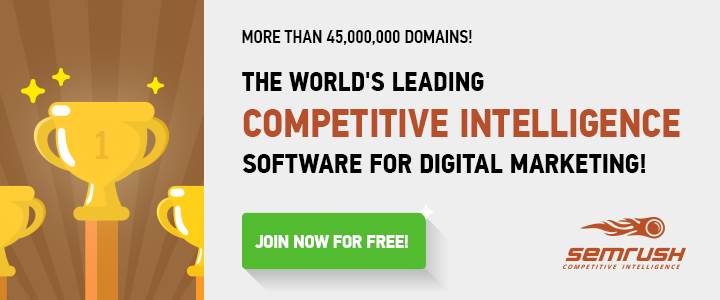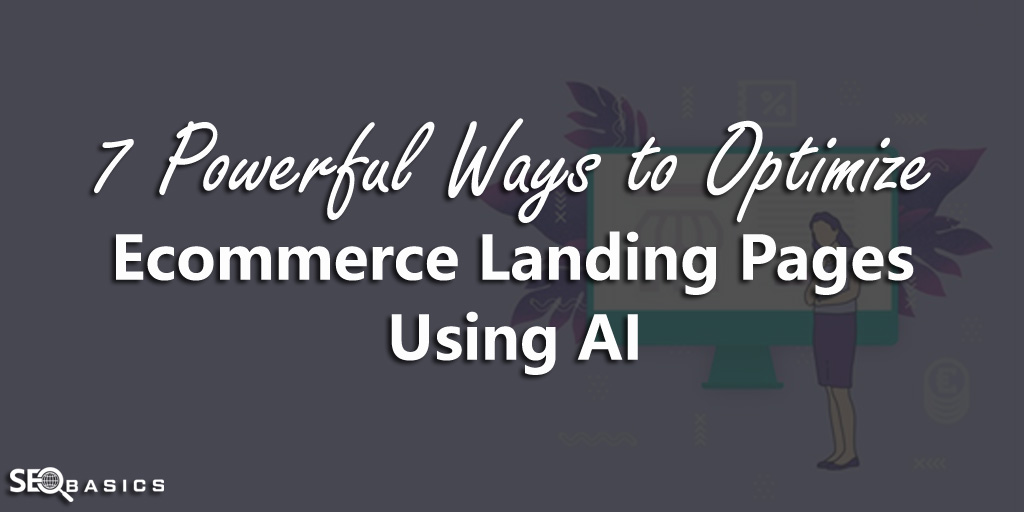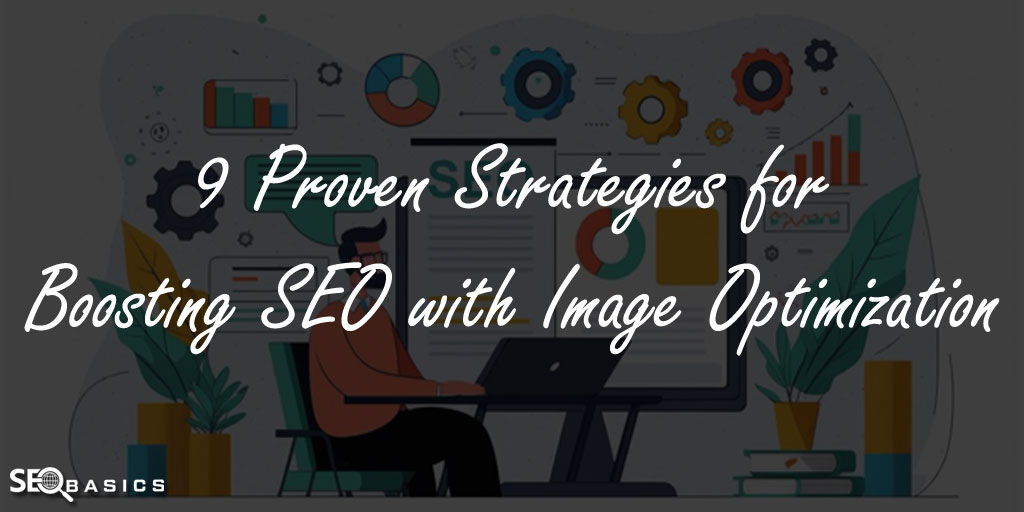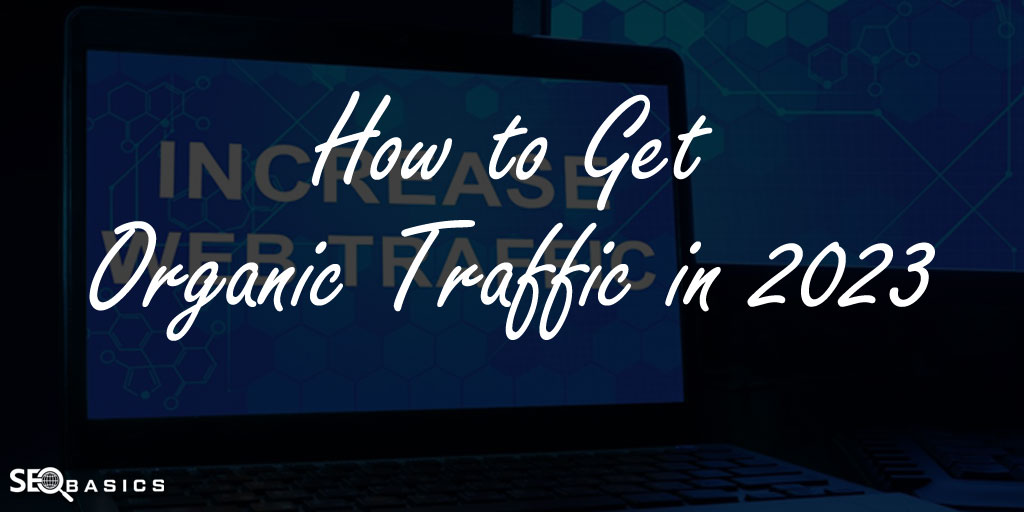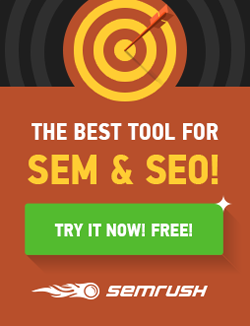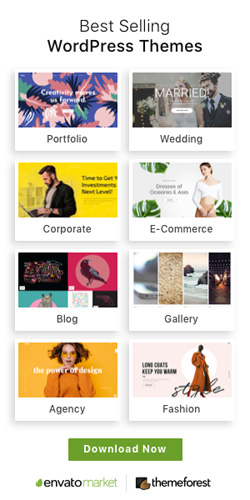Brainstorming on-page SEO techniques have always been a favorite field of research for digital marketers because, in the sphere of today’s marketing channels, search engines hold a significant share.
What people do when they want to do something or want to purchase something or want to know something?
They go to google.com, type or speak what they want and boom – Millions of relevant results in just a few seconds are available to them.
The websites that rank higher in the SERPs, especially in the first page of Google results, not only get higher exposure but have a good chance of earning remuneration.
They get more and better leads and quality visitors that generate more conversions.
To rank better in SERPs, it requires SEO practice and understanding of search engines in order to perform better.
Since the past 3 decades, SEO has successfully turned as a way of a marketing channel for website owners.
However, Search engine optimization is not what is used to be a decade ago.
Gone are the days when you build links, share on social media groups, just upload content and you will get the sales.
These days, the SEO activities have got a more refined edge.
With that being said, SEO can be categorized into two main subcategories.
On-page SEO and off-page SEO. Let’s explore what these activities stand for.
On-page SEO is the set of activities you do on your website and optimize your web pages to improve your search ranking.
Off-page SEO is all about smart link building.
Through Off-page SEO, you build a strong network of websites that point to your website.
Moreover, these links provide positive signals to Google that your website is trustworthy.
Both of these activities play crucial roles if you want to outperform your competitors.
However, a slight recklessness can jeopardize your complete search engine optimization campaign.
As a matter of fact, on-page SEO techniques holds more weight in affecting your website in SERPs.
The first couple of search engine result pages usually show websites which have effective on-page optimization.
As per a statistic by MarketingSherpa, if you optimize your on-page SEO, the traffic is likely to increase 20 times.
So, you can understand the power of on-page search engine optimization if done efficiently.
Although if not done properly, it can harm your website like none other.
We all know that on-page SEO includes keyword research, content marketing, website structure, etc.
But what particular insight for a specific activity you should be using as on-page SEO techniques that thrive results for you.
7 Best Actionable On-Page SEO Techniques
1. Do A Rigorous Keyword Research
Keywords are the phrases for which you try to rank your website in Google search.
Keyword research lays the foundation of a strong search engine optimization campaign.
Consider keyword best quotes on friendship for example.
Here, the website that a user might search would be about the best quotes or one-liners related to friendship.
Moreover, the search becomes specific as the user does not intend to find any other quotes of love, success, inspiration, etc.

As you can see, most of the results do not have an exact match keyword phrase.
Means you can see results where best quotes on friendship are not written anywhere but still, websites are ranking for the keyword.
So, these websites have done some brilliant keyword research and on-page SEO in order to rank for best quotes on friendship.
These are LSI keywords which are the phrases related to search terms or synonyms of keywords.
In the above screenshot, you can see that keepinsipiring.com, brainyquote.com, countryliving.com are ranking on the first page of Google with LSI keywords only.
So, as a webmaster, you also need to keep in mind related search terms of your targeted keywords.
Stuffing only main keyword inside the meta tags might give a negative signal to Google bots that you are spamming keywords inside your on-page properties.
Hence, keep in mind the LSI keywords along with one primary keyword and write attractive copy smartly.
As more and more people are shifting to voice search, in the coming time, it is highly likely that most of the internet users would fire up their microphone and just speak and don’t even bother of writing in Google search.
At that time, it becomes crucial to keep in mind and write meta and content accordingly.
Try to target longtail keywords in your meta tags if possible.
You can use tools like ask the public or keyword everywhere in order to create a comprehensive list.
2. Content Should be Your First Priority
Writing quality content is arguably one of the fundamental recipes to rank higher in search engine result pages.
The length of the content is what you should be taking into account.
As per backlinko, the top results of the 1st search engine result page do have an average of 1800 words in their web pages.
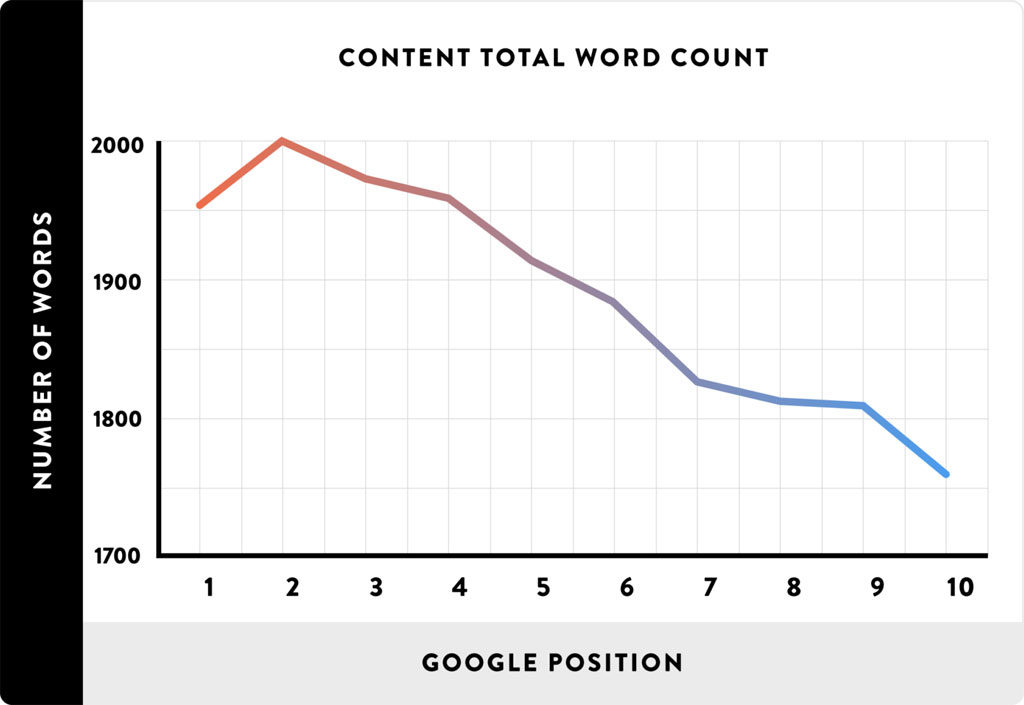
Image Source: Backlinko.com
Although longer content tends to rank higher, that does not mean keep writing longer content without structuring it.
Means, use proper subheadings in your web pages.
You can give bullet points to create partitions in your content.
If you are aspiring long quality content, then the challenge is not to make your users bored with your writing.
So you can include multimedia whenever possible.
Include images, videos, YouTube links at a proper place so that your reader stick to the post.
These areas provide engaging elements for the readers where they stay at your website instead of closing the tab right away and move to other websites.
Moreover, you can also include real-life examples while writing long and quality content.
Because what real-life example does is it gives that human touch to your information.
Users can relate to what you are intending to deliver through that example.
In order to write a structured content, you need to make an outline first.
An outline will give you a rough idea of what do you want to include in your content.
Based on your audience, services, products, and word count, you can edit your outline in order to have a perfectly structured content in place.
3. Meta Tags Have to Be Optimized
Meta tags hold a dominating factor in making your website coming on the first page of Google.
How do Google bots know about the content on your webpage?
Meta tags are the icebreakers because they indicate what an information a particular webpage represents, what user can expect by clicking that webpage and what is the objective of creating that webpage in the first place.
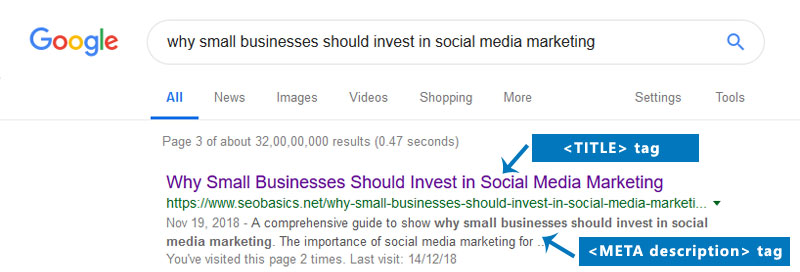
Hence, keyword-rich and relevant meta tags surely stand out in front of Google eyes and they are highly likely to get more engagement over the web.
Meta tags include the title of the page, heading tags (h1 to h6), description, etc.
So, in order to make your website attract more visitors, make sure you have included relevant keywords inside the meta tags.
The ideal practice is to make sure that you are leveraging the length of every meta tags and include your message, along with keywords, smartly enough so that Google bot can rank you faster.
Different Meta Tags have Different Ideal Length
Description: 130-165 characters
Title: 50-60 characters
Header tags: 20-70 characters

You should write an understandable and readable copy.
Do make sure to be simple and direct while writing meta tags.
Because the existing length of the tags is already a few characters.
Hence, you cannot be wordy here and harm your own rankings.
Meta description has the highest length.
So you should deliver information like what users can expect from your webpage if they will come.
4. Don’t Forget to Use ALT Tags for Images
Google still can not comprehend the content of the image on its own.
Meaning, unlike textual information, Google can’t understand what an image represents with respect to its placement.
Hence, it becomes crucial and important to tell the bots that what particular image represents.
Out of 200 Google ranking factors, image ALT tags are one of the most important SEO elements to look forward.
With that being said, you cannot ignore the tag entirely and expect your web pages to rank better.
To tell Google about what particular graphic represents, you need to use the ALT tag in order to make everything easier for the search engine optimization process.
Moreover, it is advised to use your keywords inside the ALT tags in order to increase the SEO value of the whole property.
If Google bots find that there is one related graphic added for a particular keyword, it will increase the authenticity of the webpage.
5. Internal Backlinks are Important
Backlinks are part of off-page optimization.
Because the word ‘backlink’ refers to a website which points back to your website.
However, an internal backlink is a different concept altogether.
It is a hyperlink to your website that plays a significant role in creating the SEO value of your website.

With that being said, an internal backlink can either be a relevant blog post mentioning inside a service page or a product description page linked inside a blog post.
Meaning, an internal backlink gives proper navigation to your users if they want to know more about the business.
Moreover, your website’s pages should be accessible to Google bots for crawling.
Hence, these internal linking enhances the process of crawling by increasing the exposure of every web page to Google bots.
Especially for bloggers, internal backlinks play an important role in not only managing good user experience but maintaining SEO value for Google.
Because if you mention your article link inside a blog post whose value increases after involving a hyperlink to other web pages, then it is highly likely that users will engage and move forward with that link and read your other article.
6. Minimize CSS and JavaScript on Your Website
A slow loading website is harmful to SEO.
Because Google considers that your users need to wait for more in order to access the information on your website.
Hence, it concludes to bad user experience and Google transfers the ranking credits to a faster loading website.
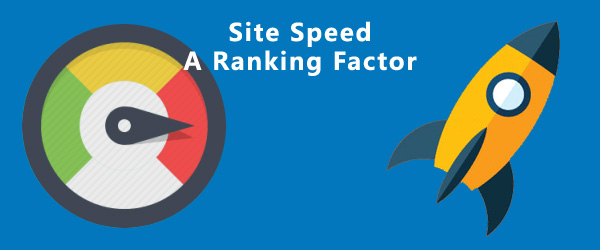
To avoid such a scenario for your website, make sure you have minimal CSS and JavaScript file on your website.
To know more about which page elements are taking a longer time for you to load, use one of those productive page speed tools.
There are many tools available like
Out of these, Google Page Insights is one of my favorites because it gives the path of those speed-sucking CSS files that I need to optimize.
You can forward Google Page Insights URL to your developer and your task is done.
Everything that is hindering your website to load faster will be mentioned in GPI’s link.
So your developers can help themselves by taking the matter forward from there.
7. Use Anchor Text Smartly on Your Website
Anchor text is a clickable text in the hyperlink.
It is a phrase or set of words through which you can redirect your users to another related landing page.
In the field of SEO, anchor text also plays a very productive role, if optimized properly.
Create a decent mixture of anchor texts on your website.
Avoid using brand names or overdo keyword-rich anchor texts because it might negatively affect your SEO.
Try to be natural and resourceful while mentioning the anchor text.
Also, avoid using generic anchor texts like “click here”, “read more”, etc.
It is a pure waste of possibilities where you could have been more creative and descriptive about the content which you want to point on your website.
To Wrap
To achieve excellence in the field of on-page SEO is a matter of time and practice.
You need to keep evolving in order to improve your rankings.
With that being said, there are some of the common points that you should take into account while doing on-page SEO for your or your client’s website.
The points mentioned above are the must-do tasks for on-page activities.
Because if you skip or miss any of the above points, then you will have a harder time to find results for your website in SERPs.
Feel free to let us know in the comments section if you have done any activity and found certain results, negative or positive.
If you follow any of the other technique to achieve on-page SEO efficiency, do let us know that too!



